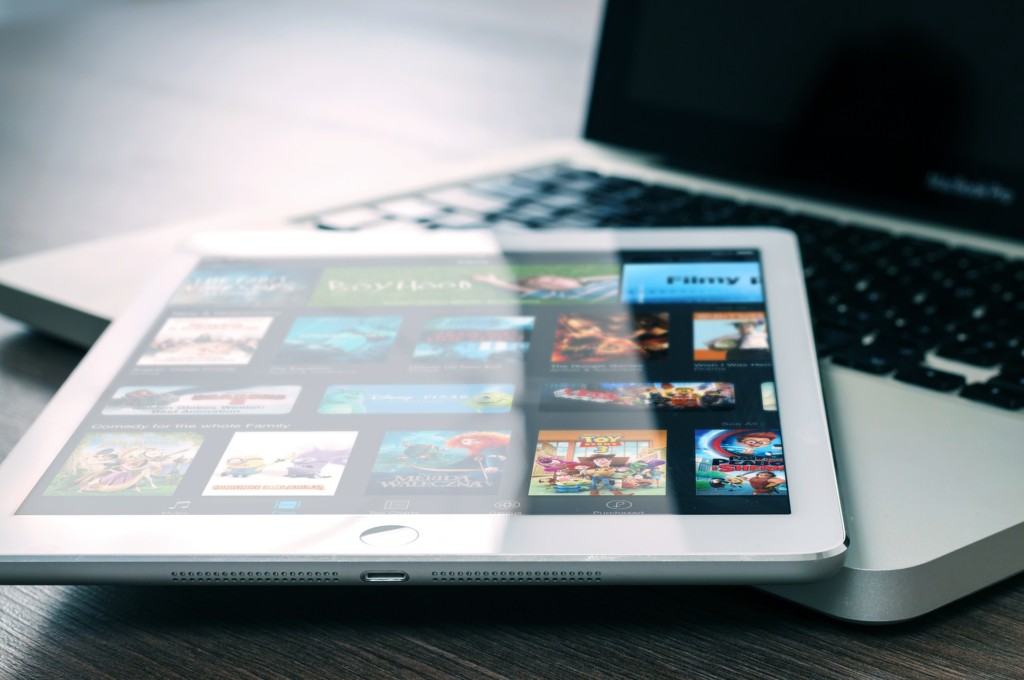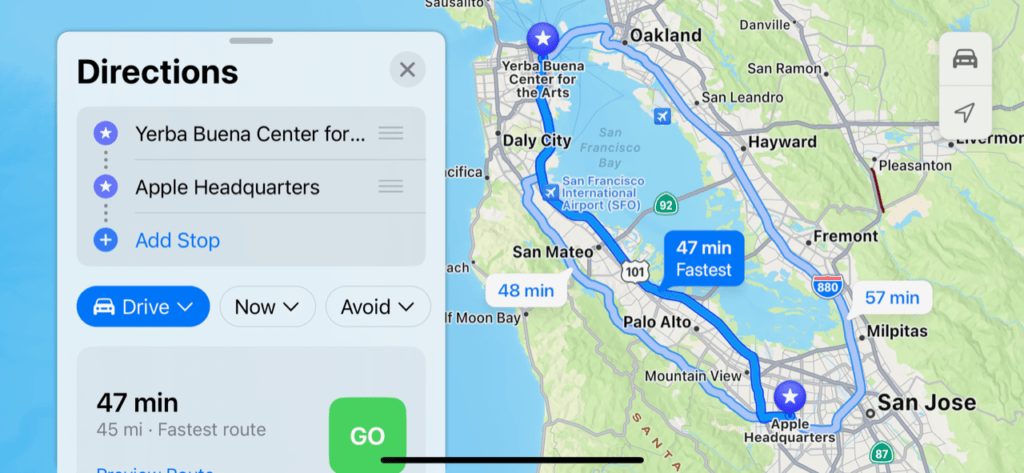“You can’t go home again” is an old truism whose veracity is more often absent than evident. Think of the Prodigal Son (or daughter). Not to mention the tens of thousands of kids still living with their folks due to clashes between their employment expectations and real-world costs.
This isn’t to say that homeplace returnees won’t be subject to questioning: What did you learn when you were away? What are you bringing back with you? What do you expect your reception will be? And perhaps most importantly, how did things change while you were gone?
These are valid points to consider in light of Apple’s recent attempt to bolster its position in classrooms and better compete in an education market it once dominated.
Apple and education then
A 1985 PC Week article (footnoted in Wikipedia’s entry on Apple) titled “Apple’s Jobs Starts New Firm, Targets Education Market” highlights the company’s early strategic efforts, including its Kids Can’t Wait initiative. The concept then was pretty straightforward—offer significant discounts to educators and on Apple II and (then) Macintosh systems purchased through school/college programs and earn buyers’ loyalty and future business. Plus, tax incentives made the process less painful than it might have been.
That strategy seemed sound at first, with Apple eventually enjoying a majority market position, but things didn’t pan out as Jobs or Apple thought over the longer term. The discounts still left the company’s products substantially more expensive than competing Wintel PCs, a gap that continued to widen as Moore’s Law got up to speed.
Then vendors like Dell (which overtook Apple in 1999) hit their stride. ISVs understood what was happening, widening the gulf between applications available on the PC and Mac to oceanic proportions. Despite those margin-eroding educational discounts, cost-conscious buyers moved to PCs in droves and Apple’s market share eroded.
When Jobs return to the company in 1997, education was still a target for Apple. However, its approach evolved over time to focus on “back to school” gift cards for iPod devices and App Store purchases when customers bought new Macs. While Jobs boasted that Apple remained the dominant vendor in education, that 25 percent position said more about how diverse the market had become than Apple’s individual strength.
And now
It also avoided addressing a shift in buying behavior that posed a real threat to both Apple and Microsoft—the rise of low cost Chromebooks supported by the Google for Education program as the platform of choice for cash-strapped school districts and families. Over time, fierce competition and starting prices of under $150.00 have led clamshell Chromebooks to capture nearly 60 percent of the U.S. education market—a significantly higher share than Apple in its prime.
Microsoft hasn’t been inactive—the company recently announced initiatives with resellers Lenovo and HP to deliver sub-$300 laptops optimized for its Office 365 for Education suite and Minecraft for Education, a new version of the classic game.
What about Apple? The company’s announcement last week centered on a new model of its iPad that features a 9.7-inch Retina display, support for the Apple Pencil input device. The new iPad has a base price of $329.00 for a wi-fi only version (a model that also supports cellular plans costs $459), and the Apple Pencil is sold separately for $99. Also sold separately are Apple Smart Covers (without keyboard) for $39. For education customers, Apple is offering the new iPad at $299 (about a 9 percent discount) and 10 percent off the Apple Pencil or $89.
Apple also stressed the iPad’s ability—particularly in concert with the Apple Pencil—to help users “be even more creative and productive.” In addition, the company highlighted the new solutions’ ability to freely access apps from the App Store, Apple-designed productivity apps and iCloud storage capacity. A separate site details other company education products and services, including integration with Mac laptops and desktops and tools for teachers and administrators.
Final analysis
If a school or district decides to do business with Apple, fully tricked-out iPads with the Apple Pencil and a basic cover (a critical necessity in classroom environments) will set them back about $427 per student—a significant premium over Chromebooks.
So why would educators consider the new iPad? That’s a tough question to answer. After Apple’s launch, The Verge published a piece quoting teachers on both sides. Bottom line is that those supporting it cited the support for apps like AirPlay as a means for sharing textbooks and other multimedia to enrich the educational process. Other benefits included the iPad’s interactive elements as a boon for special education students.
But other teachers interviewed weren’t as kind, especially when it came to the iPad’s durability, overly complex management requirements and premium cost. The article also cited a 2015 IDC report estimating the base size of consumer devices among students, teachers and administrators. Tellingly, while iPads use was relatively steady (9.5 percent-13.6 percent of users) among all three groups, it was far overshadowed by Chromebooks and desktop PC usage among students (56.3 percent and 21.3 percent respectively) and laptop PC usage among teachers and administrators (70.2 percent and 56.1 percent respectively).
In other words, it’s a far different world today than when Apple was a mainstay in education. The company’s announcement suggests it hopes to change those numbers to its own benefit. However, given the economic pressures facing many or most school districts and educators, the idea of spending dramatically more for Apple products than they would for a wide range of Chromebook solutions and services is likely to be a non-starter.
Time will prove whether Apple’s lessons-learned will allow it to “come home” to its former leadership position. But from here, the company’s new education-focused iPads, Pencils and associated offerings appear to be little more than an average first step. Give Apple a passing “C” for effort. Maybe it can pull up its grade in the coming quarters.



Apple gets an “F” without getting a product which is a better fit with K12 and better competes with the Chromebooks. But honestly the space is gone for Apple and they should focus elsewhere, IMO.